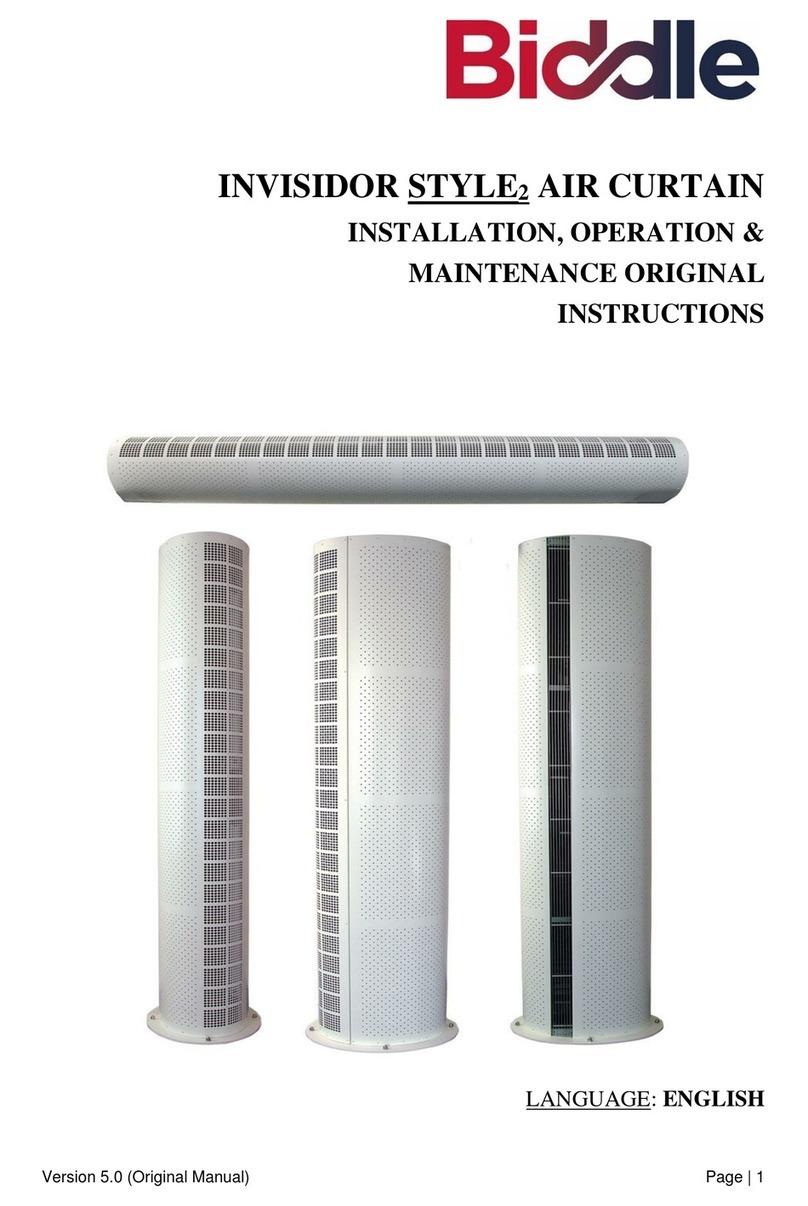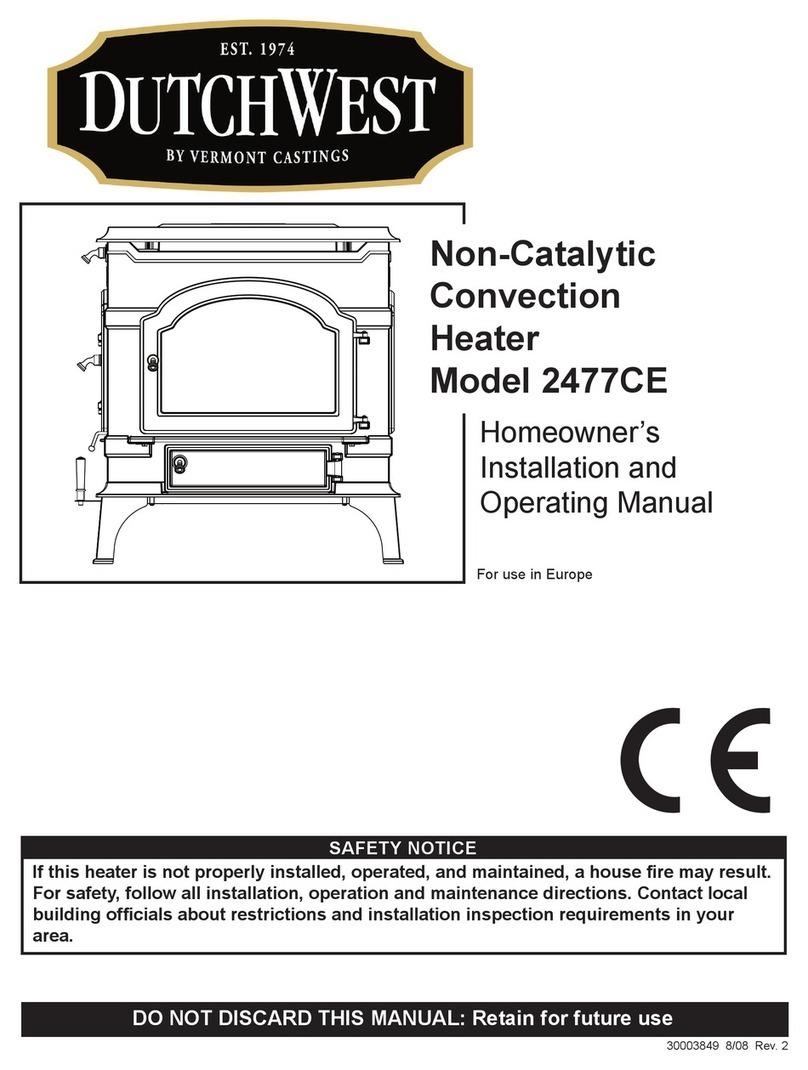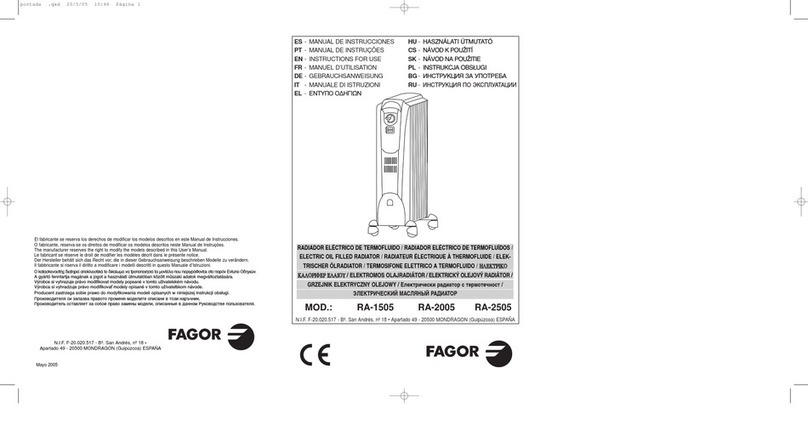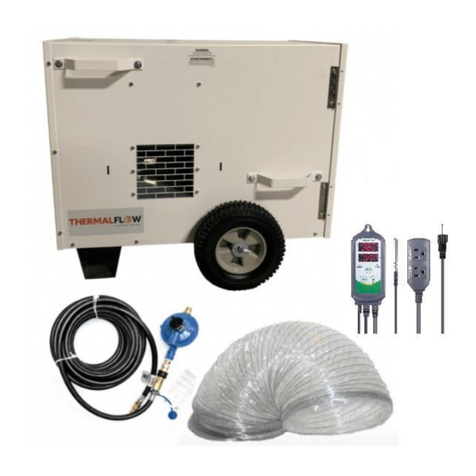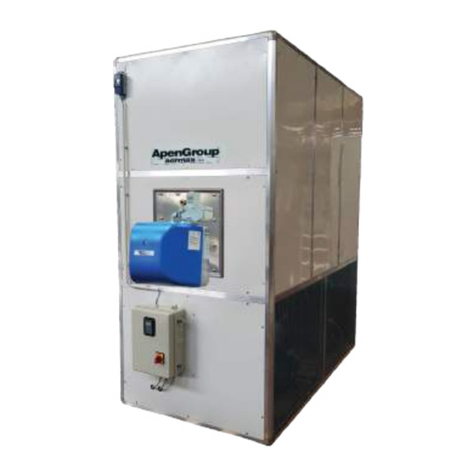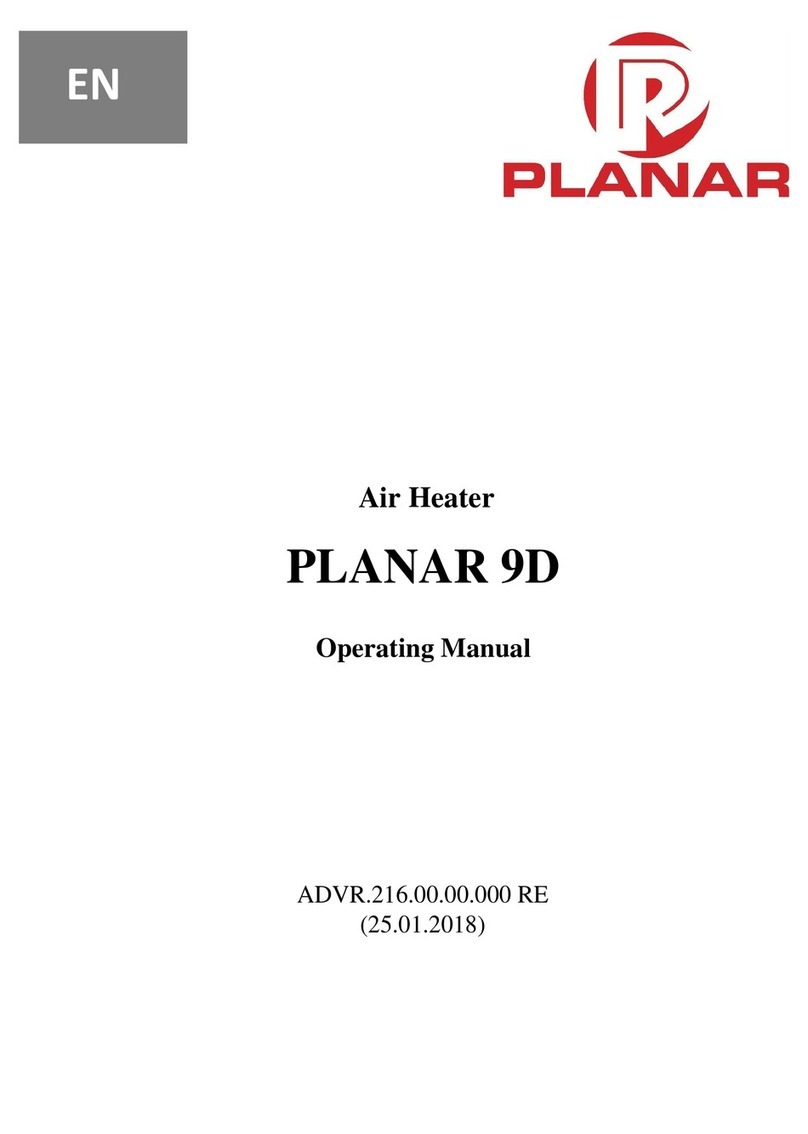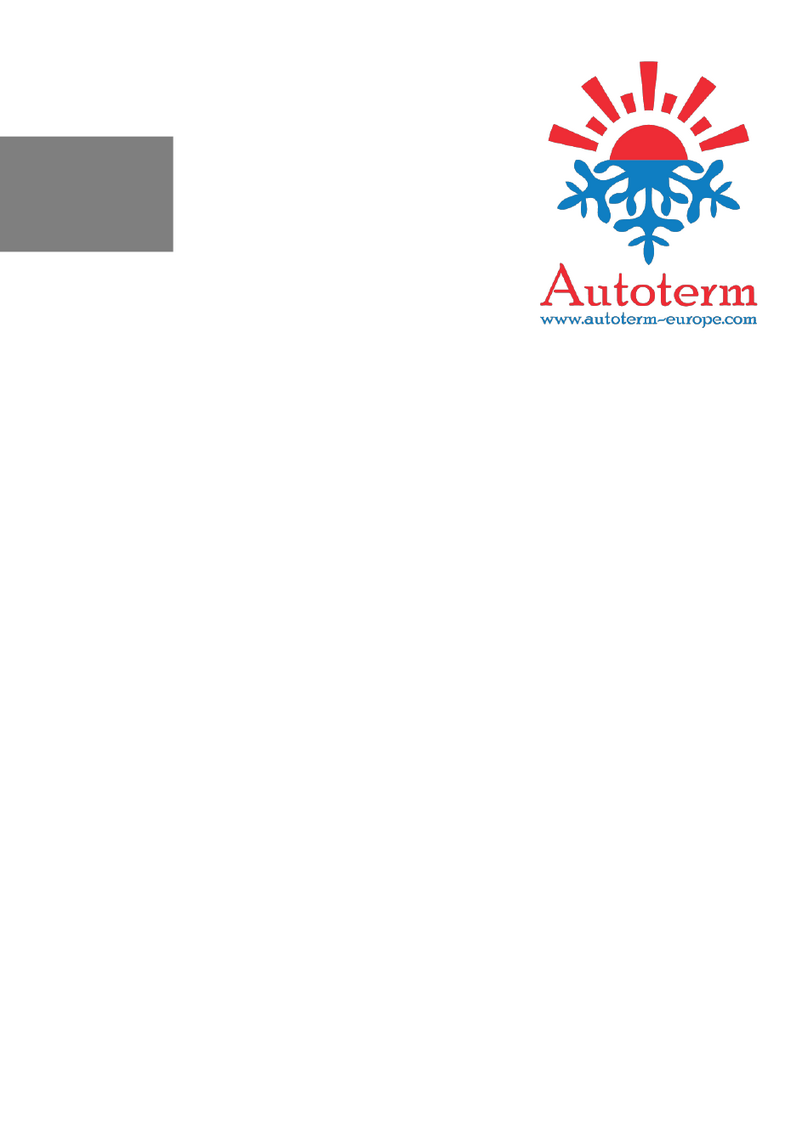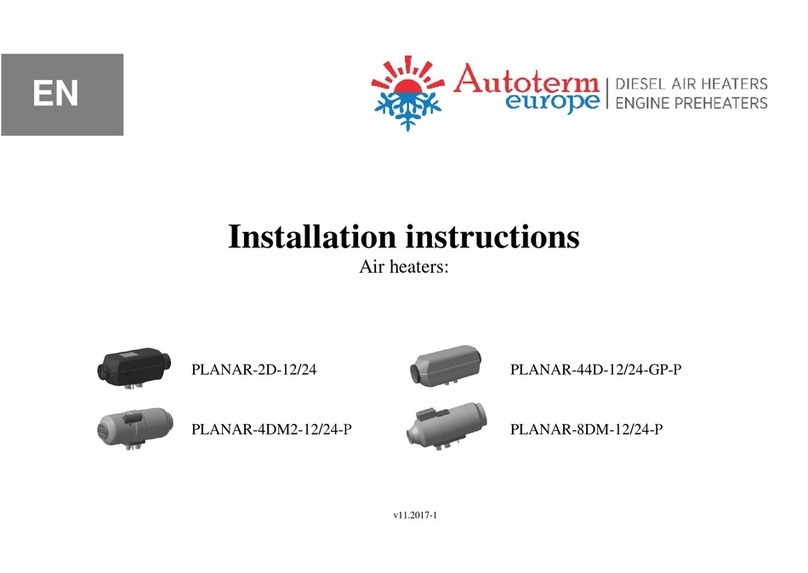ENG PLANAR-8DM
5
The power is supplied to the heater from the vehicle battery or an independent power
source. Electric circuit diagram of the heater is shown on Fig. 4.1.
The heater is an autonomous heating device containing:
-a heating element (see main units on Fig. 4.2)
-a fuel pump used for fuel supply to the combustion chamber
-a launch-and-indication device (control panel)
-wire harnesses connecting the heater units and the vehicle battery
-a fuel tank.
The heater heats up air pumped through the heat-exchanging system of the heater with
gases produced as a result of combustion of gas/air mixture in the combustion chamber. Air
is blown over heated fins of the heat exchanger; the air heats up and then is exhausted into
the vehicle cabin.
At launch, operation of the following heater parts is checked: flame detector,
overheating sensor, air blower electric motor, glow plug, fuel pump, and electric circuits of
the above parts. If the units are operational, ignition starts by purging the combustion
chamber and heating the glow plug up to the required temperature. After that, air and fuel
are supplied. Combustion begins in the combustion chamber. When combustion is stable,
the glow plug is de-energized. Combustion process is controlled by means of a flame
detector. The control unit (the “CU”) controls all processes of heater operation.
The CU regulates temperature of the heat exchanger of the heater and the heated air; in
case a set point is overreached, combustion stops.
The heater may be switched off at any moment.
If the heater is switched off, gas supply stops and the combustion chamber is purged
with air.
Automatic mode of heater operation includes the following safety features for
emergency situations:
1) If the heater does not start for some reason, the starting procedure repeats
automatically. If two attempts are unsuccessful, the heater switches off.
2) If combustion stops during heater operation, the starting procedure repeats. Up to three
flame blowoffs are allowed during operation.
3) In case of overheating of the heat exchanger (e. g. if the intake/outlet of the heater is
blocked), the heater switches off automatically.
4) In case the heated air temperature is exceeded (e. g. if the outlet of the heater is
blocked), the heater switches off automatically.
5) If voltage falls below 20 V or raises above 30 V, the heater switches off.
6) In case the heater is switched off due to a failure, an LED blinks on the control panel.
The number of blinks indicates the malfunction code specified in the OM for the panel.





